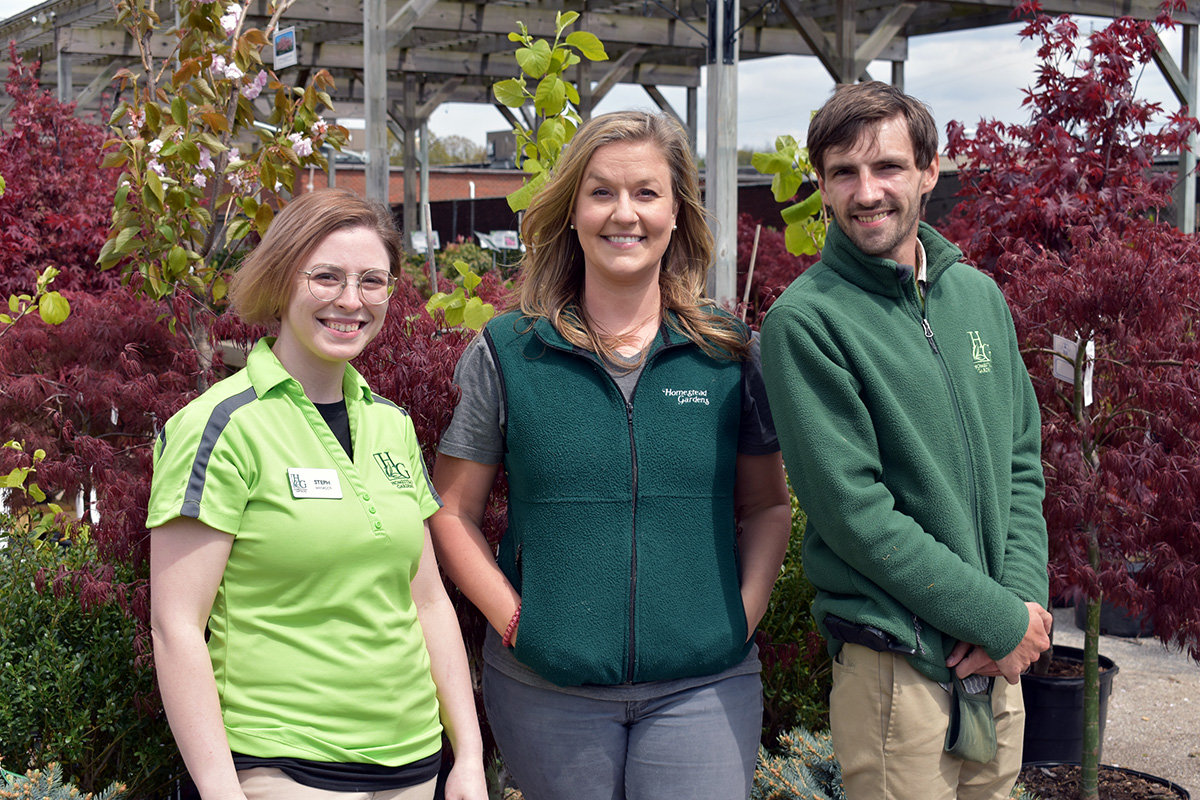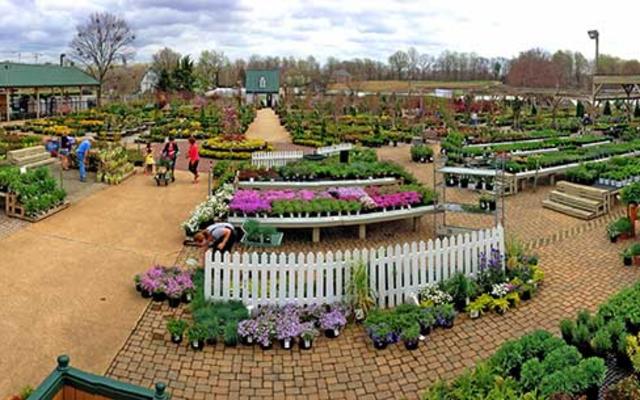How You Can Improve Your Health With Homestead Gardening
How You Can Improve Your Health With Homestead Gardening
Blog Article
Uncover the Keys to Producing a Beautiful and Effective Gardening Area
Creating a stunning and productive gardening area is not just a matter of growing blossoms and vegetables; it requires a calculated strategy that includes numerous essential components. From selecting the right place based upon sunshine and soil type to attentively making your layout and selecting ideal plants, each choice plays a critical function in the success of your yard. In addition, ongoing maintenance is important to sustain its elegance and efficiency. As you ponder these factors, consider exactly how they intertwine to unlock the full capacity of your horticulture ventures. What certain approaches can boost your space beyond the common?
Picking the Right Area
Picking the suitable place for your yard is vital to its success and general aesthetic allure. The primary step in this procedure involves assessing sunshine direct exposure, as most plants need at least 6 hours of direct sunshine daily (Homestead Gardening). A south-facing garden commonly gets one of the most light, while shaded areas can restrain growth and blooming
Additionally, take into consideration soil high quality and drainage. Well-draining soil is vital to stop water logged roots, which can cause plant diseases. Carrying out a dirt test can offer beneficial information pertaining to pH levels and nutrition web content, allowing you to amend the soil as necessary.
Additionally, distance to water resources is another aspect to consider - Homestead Gardening. Having easy access to a pipe or watering system can streamline the watering process and encourage constant plant treatment. Wind defense is also essential; placing your yard near frameworks, such as fencings or walls, can protect it from extreme winds that might harm delicate plants
Finally, think about accessibility for upkeep and harvesting. A well-placed garden permits for convenient gain access to, making sure that you can quickly often tend to your plants without creating excessive stress or disturbance. Thoughtful location selection lays the foundation for a thriving garden.
Selecting Plants Carefully
When choosing plants for your garden, it's important to take into consideration variables such as environment, dirt problems, and individual preferences to guarantee a harmonious and productive room. A comprehensive understanding of your local climate will certainly lead you in picking plants that prosper in your certain atmosphere. For instance, choosing drought-resistant varieties is valuable in deserts, while moisture-loving types may be better for locations with high rainfall.
Dirt problems are similarly vital; carrying out a soil examination can expose pH degrees and nutrition material, allowing you to pick plants that will certainly thrive. Indigenous plants are usually an outstanding selection, as they are commonly well-adapted to regional soil types and require much less upkeep.
Show on your individual preferences-- picking plants that resonate with your aesthetic preferences will enhance your satisfaction and commitment to preserving your yard. By meticulously evaluating these variables, you can create a successful and varied plant selection that boosts your horticulture experience.
Designing Your Garden Layout
With an attentively picked plant option in hand, the following action is to create a garden design that makes the most of both appeal and functionality. Begin by evaluating the offered area, thinking about aspects such as wind, sunshine, and color patterns. A well-planned design needs to integrate numerous areas, consisting of locations for planting, pathways, and potentially seating.
Start with bigger plants or prime focus, such as trees or high perennials, placed tactically to create visual passion. Layer smaller sized plants in front to boost deepness and structure. Think about the growth behaviors of your picked plants; taller selections should be placed at the back or center of beds, while shorter ones can line the sides.
Incorporating pathways not only helps with accessibility for maintenance however also welcomes expedition. Usage materials that complement the garden's general aesthetic, whether crushed rock, timber, or rock chips.
In addition, consider seasonal changes and just how your format will certainly look throughout the year. Incorporating evergreens alongside seasonal blossoms can guarantee year-round elegance. Ultimately, a well-designed garden layout integrates the all-natural beauty of plants with practical considerations, leading this link to an area that is both inviting and efficient.
Enhancing Soil Health And Wellness

To boost soil health, start by carrying out a soil examination to evaluate pH degrees, vitamins and mineral web content, and dirt appearance. This will educate your changes. Incorporate natural matter such as garden compost, well-rotted manure, or fallen leave mold to improve dirt framework, water retention, and microbial activity. Additionally, practicing plant rotation can avoid nutrition depletion and reduce parasite and condition stress.
Mulching is one more effective technique; it not just conserves dampness but likewise subdues weeds and progressively improves the dirt as it damages down. Preventing too much tillage is critical, as it can interfere with dirt structure and damage valuable organisms. Rather, embrace no-till or very little tillage methods to preserve dirt stability.

Maintaining Your Garden Efficiently
A well-maintained yard is a resource of pride and performance, calling for consistent focus to guarantee that plants grow and the landscape stays inviting. Efficient garden upkeep involves several key methods that enhance the health of your plants and the general visual of your room.
Routine watering is critical; nevertheless, it is crucial to customize your watering routine based upon the certain requirements of your plants and regional environment conditions. Mulching can aid maintain dampness, subdue weeds, and manage soil temperature level. Moreover, timely weeding protects against competitors for nutrients and sources, making certain that your plants thrive.
Pruning is one more crucial task. It motivates healthy and balanced development, removes dead or unhealthy branches, and forms plants to maintain an attractive framework. In addition, monitoring click reference for conditions and insects is important; early detection and treatment can save your plants from significant damage.
Fertilization must be performed attentively, using natural choices whenever feasible to promote long-lasting dirt health and wellness. Seasonal tasks such as growing, dividing perennials, and preparing for winter season will certainly guarantee your garden continues to be vibrant year-round. By complying with these techniques faithfully, you can cultivate a yard that is both beautiful and efficient.
Verdict
Picking a proper location with sufficient sunlight, picking ideal plants, creating a visually pleasing layout, enhancing dirt health and wellness, and guaranteeing regular upkeep are necessary elements. By integrating these techniques, one can grow a flourishing yard that not just enhances the landscape yet additionally promotes eco-friendly equilibrium and sustainability.
From selecting the right area based on sunlight and soil kind to thoughtfully making your design and choosing ideal plants, each decision plays a pivotal function in the success of your garden. Well-draining dirt is essential to prevent water logged origins, which can lead to plant illness.When choosing plants for your yard, it's vital to think about elements such as environment, soil problems, and personal choices to ensure a unified and productive area. Ultimately, a properly designed garden design integrates the natural elegance of plants with useful factors to consider, resulting in a space that is both welcoming and effective.

Report this page